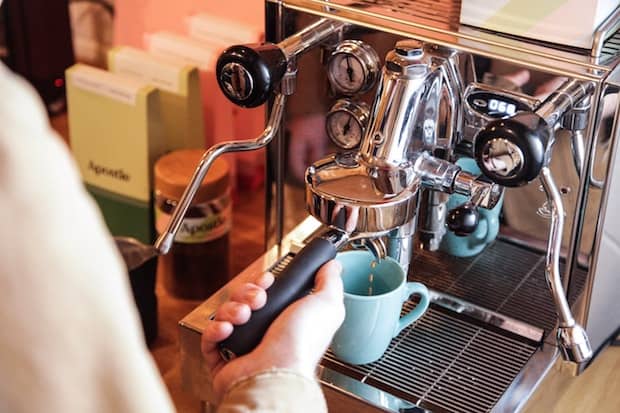Last Updated on December 8, 2023
If you’ve thought about updating from your French press or automatic coffee maker for something that can brew coffee at higher pressure, you probably had quite the shock the first time that you looked at espresso machines.
An espresso machine can be pricey. Most cost hundreds of dollars, and some cost thousands.
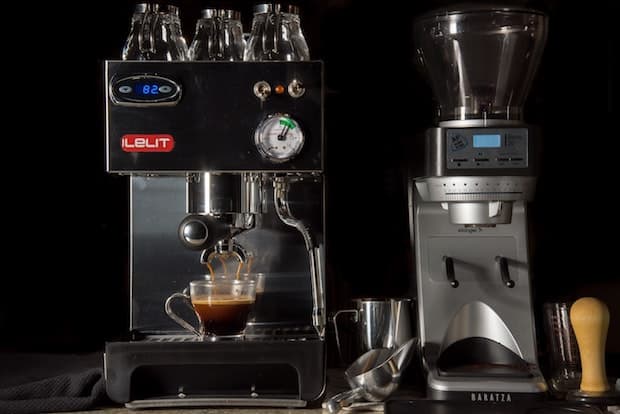
They’re expensive not because manufacturers want to gouge coffee lovers, but because all the materials required for excellent coffee cost money. Many of the individual parts in espresso machines, such as the boiler and pressurestat, are expensive in their own right.
Machines from top brands have an internal structure made from high-quality stainless steel and copper. If you get a machine that has extra features, or opt for automatic espresso machines over traditional espresso machines, you will pay more.
We’ll examine some of the factors that explain why espresso machines are so expensive—and why they’re worth the investment anyway.
What makes espresso special
Espresso is the cornerstone of Italian coffee drinks. Its delicious flavor comes from pumping hot water through finely ground coffee beans under high pressure. Traditionally, espresso machines used a lever to create the necessary pressure, but a modern espresso machine uses water pumped through an electric pump.
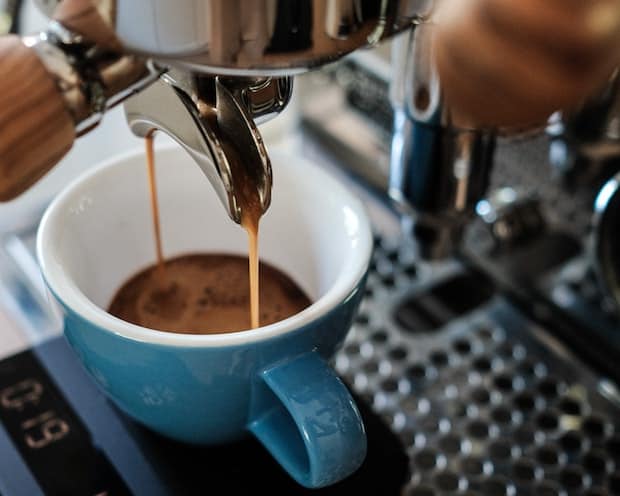
This process maximizes the flavor extracted from coffee beans. Modern machines can also pump steam at the same time they brew espresso to make lattes, cappuccinos and other drinks.
What makes espresso machines so expensive?
Parts and materials
One of the big reasons why espresso machines are more expensive than other coffee makers is because they are far more complicated to make. The boiler and pressurestat must be made to the highest quality standards to maintain consistent temperature and pressure. A good copper boiler goes for more than $400 on its own!
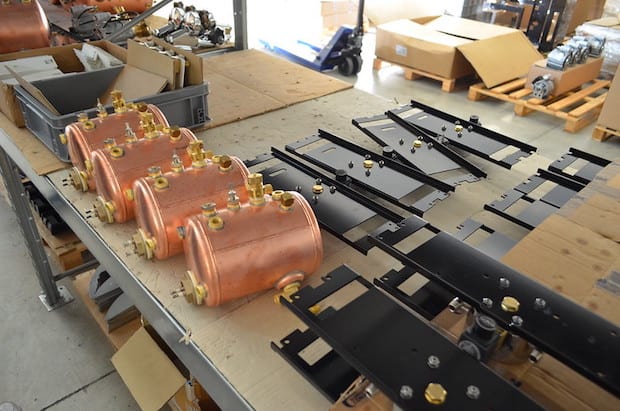
Espresso makers function by forcing water through compressed coffee grounds in only a few seconds at high pressure. One small mistake in pressure or temperature will lead to poor results.
Many machines also come with extra attachments such as steamers. Although on the surface steamers perform a simple function—heating and steaming milk—integrating them into the rest of the machine while sourcing the best materials is quite complicated.
It isn’t just the sheer number of parts that make an espresso machine expensive. Many of those parts are expensive to manufacture as well. A machine could have a grinder, a thermoblock, several portafilters and a steam wand. The outside of the machine, which is usually finished in high-quality materials such as stainless steel or brushed chrome, also adds to costs.
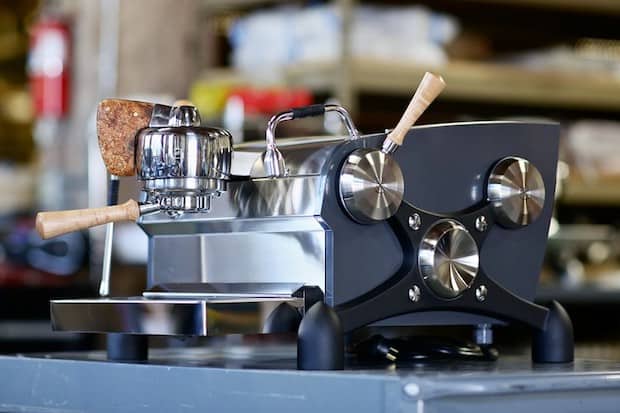
Because an espresso machine contains so many parts, the manufacturing costs are higher. Some of those costs are passed on to the consumer.
Investment in durability
Espresso machines brew much better coffee and are better-quality machines than most other coffee makers. Most espresso machine manufacturers still care about durability and longevity in their products, which translates into more expensive parts and machinery.
Although espresso is becoming more and more popular among private consumers of coffee, most brands make commercial espresso machines with an eye toward the cafe and restaurant market. Those machines need to withstand years of daily high-volume usage, so manufacturers invest in quality parts and years-long warranties.
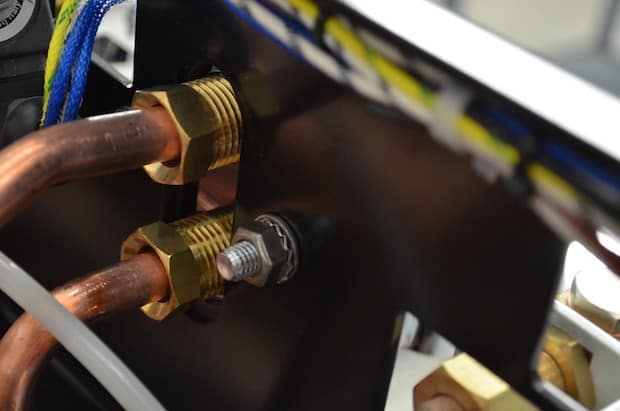
There’s a reason why vintage espresso machines from decades ago are still in high demand. It’s because they still function even after many years. However, to keep machines working at such a high level, manufacturers must keep an extensive stock of parts and train repair technicians so they can fulfill warranty obligations. All of these costs add to the final cost of the product.
Think of the espresso machine not as an appliance, but as a long-term investment in the quality of your coffee.
A niche market without economies of scale
An expensive espresso machine’s high cost stems partly from manufacturer calculations. Even if they’re in the business because of their love for coffee, companies still have to make a profit.
High-quality espresso machines by nature have a fairly niche audience of restaurant and coffee shop owners along with some hardcore coffee enthusiasts. As such, they usually sell in low numbers and their makers can’t achieve economies of scale. To cover the high overhead costs and turn a bit of profit for the company, manufacturers have to set higher prices to account for the relatively low sales volume. However, those high prices pay for the development that makes espresso machines so good.
Human resources
Behind every expensive espresso machine lies an entire team of experienced people who helped bring that machine into existence. Most machines are assembled by hand by experienced technicians.
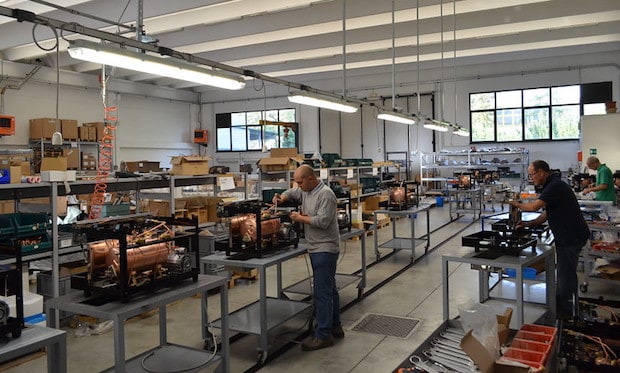
Top companies also have excellent research and development, engineering and design departments. The process involves a lot of people who must be compensated for their education and experience.
Brand reputation
De’Longhi. Breville. La Marzocco. If you’re passionate about coffee and your brewing, chances are you’ve heard these names. Certain brands have developed a reputation for quality products and excellent style in their machines.
If you buy a machine from one of the most reputable companies in the coffee-making space, then you will pay more. But you’re not just paying for a sticker that displays a famous name. These brands have an excellent reputation for quality due to years and years of investment into research and development, design, and quality testing.
Any extra money you spend on an espresso machine from a prominent brand will go towards that company’s extensive research and development departments, as well as paying the salaries of experienced employees. Sometimes paying for a more expensive machine that has a brand name brings a higher level of quality with it.
Extra features
If you want an espresso machine with extra features, that will also increase the price. Depending on your needs, the extra cost may be worth it.
Some modern espresso machines have a digital display option that makes tracking temperature, timing, and equipment diagnostics much easier. Other machines have advanced water temperature adjustment controls that can even let you make multiple coffees at the same time at different temperatures.
The most high-end espresso machines let you constantly profile the pressure of the machine while you’re pulling your shot, so you can make your espresso taste just how you like it.
Different models have different costs
Although most quality espresso machines are on the pricey side, different models will be priced differently. You should be able to find a model that fits your budget and coffee needs.
Beginner espresso machines cost only a few hundred dollars. If you want extra features such as increased automation or multiple group heads, you will have to pay more.
We have a post featuring five great espresso machines that will run you less than $1,000, which is a nice middle ground.
Semi-automatic espresso machines
Semi-automatic espresso machines still require you to grind the coffee and prepare the shot yourself, but they’re more affordable than fully automatic machines that have shot timers or super-automatic espresso machines that do everything—including grinding the beans for you.
Lever espresso machines
Lever espresso machines are slightly more affordable options. With a manual machine, you pull the lever yourself to generate pressure for the espresso.
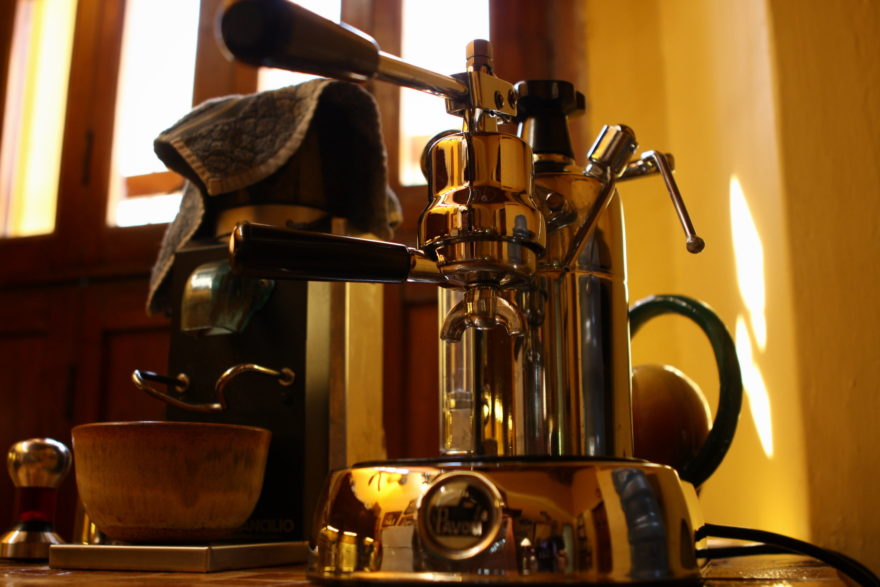
The absence of complex electronics and pressure mechanisms make manual espresso machines more affordable, but they also require more practice because you really need to know how to pull the shot properly. It’s entirely up to you. True espresso purists claim these machines make the best coffee, but perhaps they’re trying to justify all the extra work. It’s undeniable that these machines give you, the barista, the most control during the brewing process.
Alternatives to espresso machines
Automatic drip machines
You can get an automatic drip coffee maker at most mass market retailers. They operate by sprinkling water over coffee grounds resting in a filter. Auto drip coffee makers are far less expensive than espresso machines. Some models are even less than $50. However, the cheapest machines won’t last, and many of them brew inadequate coffee.
Good auto drip machines are certified by the SCAA (the Specialty Coffee Association of America) and must prove that they can reliably heat coffee up to 200 F to earn that badge.
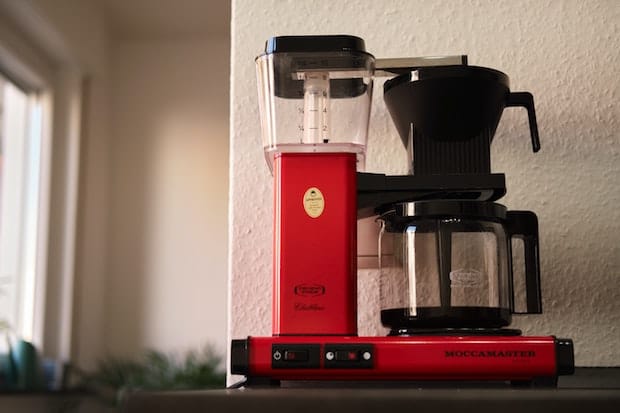
Better auto drip machines like the Technivorm Moccamaster can cost a few hundred dollars, but are still more affordable than espresso machines. If you want to have good coffee but are not ready yet to invest in an espresso machine, an auto drip machine is a good alternative.
Moka pots
In addition to the espresso, Italy also gave us a little stovetop espresso maker known as the moka pot. Moka pots are how most Italians make stovetop espresso at home. They are inexpensive, easy to use, and they can make strong coffee. However, the results are not as consistent and the coffee not as dense, because a moka pot just cannot reach the high pressure and temperatures that a machine can with a fraction of the human effort.
Are espresso machines worth the money?
The real question is, are cheap espresso machines worth the money?
Whenever a friend with a limited budget is tempted to take a shortcut on an espresso machine, I advise them to do one of two things:
- Keep saving, OR…
- Buy a regular coffee maker
The amount of money people spend on cheap machines that break down within a year could buy a lot of quality espresso machines that would last for years. If you’re halfway to a good espresso machine, why blow your savings on a bad one? If you’re serious about espresso, save up and get a machine that does it right.
If you’re not serious about espresso, hey, there’s no shame in a solid drip coffee maker. You can probably get a pretty good one for the cost of a cheap espresso machine.
I’ll also vouch for Nespresso. Those little machines make pretty good espresso and are in the same price range as a good drip machine. Because they brew with capsules, they require much less practice than an espresso machine does.
A lot of people decide not to get an espresso machine because of the startup costs. Perhaps you’re already calculating how many lattes in your favorite cafe you could get for the price of one espresso machine. However, the machine pays for itself over time. If you invest in a quality espresso maker that is handmade and covered by a conscientious manufacturer’s warranty, you could have decades of coffee.
The quality of the coffee is also unparalleled. The high pressure of the espresso brewing method means that the parts have to be of the highest caliber, but it also extracts the best flavor from coffee beans.
Excellent coffee every day could be yours at the touch of a button, as long as you make that initial investment.

